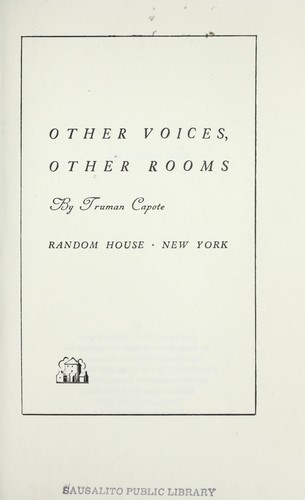
HAROLD HALMA PHOTOGRAPH OF CAPOTE PROFESSIONAL
“I knew that if I hired a professional I didn’t know, I would get super stiff. “I am someone who’s always been behind the camera,” she says. She also knew she would feel most comfortable working with a friend. Early on she decided she would use black-and-white medium-format film (a larger film negative that captures more detail than its 35mm counterpart). Having some background in photography, and a particular interest in film photography, Madden had a clear sense of the visual aesthetic she wanted for the portrait for her first book, Long Live the Tribe of Fatherless Girls (Bloomsbury, 2019).

PORTRAITS begin with ideas, long before a writer steps in front of the camera.
HAROLD HALMA PHOTOGRAPH OF CAPOTE HOW TO
They each model how to create a portrait on your own terms. Along with their practical insights, each offered a unique way of thinking about these unusual documents. In addition to Chee and Madden, I sought out the opinions of others in the industry-writers, photographers, and publicists-to learn about how they view the author photo. No matter what you decide today, everything-your own views, the reading public’s, the industry’s aesthetic norms-is malleable. (In fact, Chee’s latest book, How to Write an Autobiographical Novel, prominently features portraits from his youth on the cover and interior). Seeing those photos now, I can see the beauty in them, but I couldn’t then.” It’s comforting to hear him speak of this evolution. Recalling his early photographs, Chee writes, “I used to feel betrayed by them, which is somewhat hilarious to me-in my youth, when I believed I was so misshapen, there was a way I wanted to look in the way of how I actually look. Whether the opportunity to step into the light fills you with excitement or dread, how do you make the most of it? Or if it’s something you might decline-how do you make the choice? In an e-mail exchange, Chee writes that author photos “are never neutral choices and never were,” in part because the author must navigate both the imagined desires of the reading public and their personal desires. “It’s not always such a public career.so it’s a nice way to kind of step into the light and says, ‘This is who I am.’” I like thinking of the images in this way: Each personal library is another manifestation of our community. Writer and editor T Kira Madden, who is also a talented photographer, describes author portraits as if they are guests arriving at a party: “I love seeing everyone dressed up in their favorite outfits,” she says. Contemporary portraits might be less exaggerated, but they belong to the same dramatic tradition. I’m amazed that, for a writer whose photographs and likeness appeared in so many other forms-in tabloids and newspapers and on television-this will be the image that endures in so many private bookcases, libraries, and memories. I wonder about the lifespan of this image.

What does it mean, as an author, to give an image of yourself such an outsize life and send it off with your words to live in hundreds or thousands of homes? Not long ago it was common for an author photograph to occupy the entire back cover-take Truman Capote’s famous portrait for Other Voices, Other Rooms, a photograph by Harold Halma in which the young author reclines across the entire backside of the dust jacket, his face slightly downturned, eyes up, staring. I don’t always pause to look, of course, but when I do the repeated exposure must have some effect. Each time I pull a book off my shelf, I encounter a different familiar face. And even after moving to New York City and attending a few of the author’s readings, that first encounter still feels foundational-it’s not that I can tell you his exact pose or accurately describe the shadows, but I do remember how the photo stood out against the deep blue of the cover and how I felt in the moment of looking. While reading Chee’s semiautobiographical novel-then seeing a face like mine on the back cover-I felt a deep sense of recognition and gratitude. I was in my junior year of college, seeking out queer fiction for the first time.

I REMEMBER inspecting the cover of Alexander Chee’s debut novel, Edinburgh, the 2016 Mariner Books paperback, turning it over and gazing at his author photo.


 0 kommentar(er)
0 kommentar(er)
